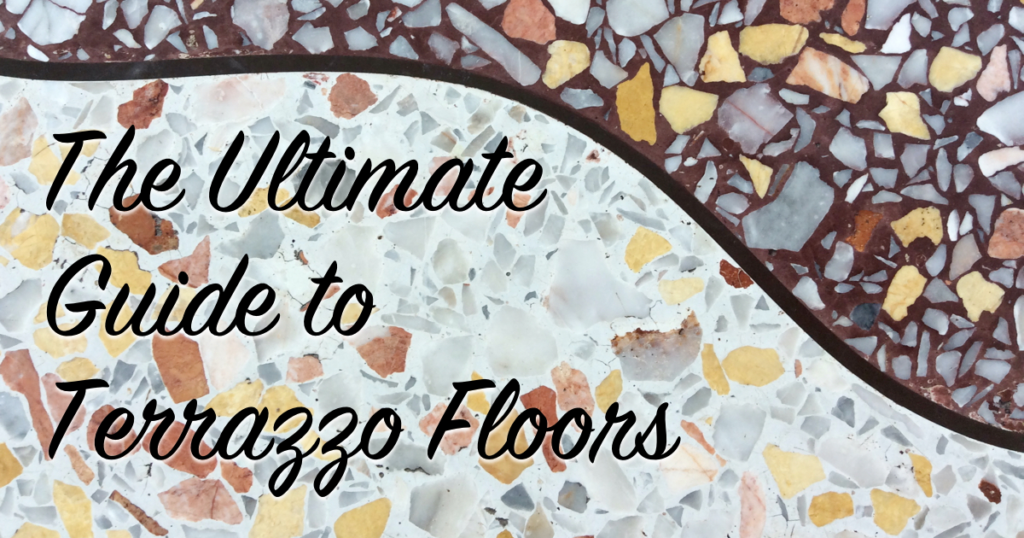Herringbone tiles is a unique structure for incredible beauty for both interior and exterior design, especially in the zigzag. It can get exhilarating in the overall outlook with a classic pattern that also crosses over into the modern designs. You get to see herringbone designs on the floors of bars and hotels to fashion runways. It also comes as fashion patterns in handbags, clothing and other items we see every day.

Ideally, it has never gotten any better or more straightforward with the home design to portray a different style. Consequently, we are bent on helping you find the perfect guide or instruction on an excellent choice of herringbone tiles. This guide will answer many basic questions you may have concerning the herringbone tile pattern for the floor and the wall. Having the right approach to the herringbone tiles pattern can enhance your chances for at value for a long time.
Background on the Herringbone Pattern of Tiles
The herringbone tile pattern got its name from the arrangement of the bones of herring fish. The fish bones are arranged in such an attractive way that is now acceptable among many cultures. As a result, it is also a timeless representation with new ways to model the interior parts of your home. Meanwhile, its cultural value cuts across different civilizations and dates back to the ancient Roman empire. At the same time, herringbone tiles have existed for over 2000 years.
What are the best sizes for Herringbone Tiles?
Due to the rectangular shape of the tile in its natural state, there is hardly any other shape to imagine. But then, the size of each tile depends on the beauty you intend to create on the surface. I’ve seen both smaller and larger tiles look exquisite. However, if you go too small in your choice of herringbone tiles, then you can create a pattern that brings more distraction than beauty.
On the other hand, if your herringbone tiles are too large, it easily erases the geometric effect that the pattern is supposed to make on the surface. Moreover, in the real sense of deciding the best tile size that works, you should just work around the differences between the area of each tile and that of the intended surface. For instance, the brown herringbone tiles and the woodwork beige are perfect in their own clime. However, they are both different in size and can bring your dream of a unique style to life. And you don’t even have to make it overbearing.
Where can I apply the Herringbone Tiles?
Experience has taught us that laying your tiles in the herringbone tiles pattern is one of the best choices you can make. You can pair this laying style with the kind of tiles you have for a perfect combination. At the same time, there are different options of the size and designs that you can make with tiles. However, the ideal style for your home requires the expertise of an interior designer with a wood effect tile pattern.
Meanwhile, the modern designs of your floor and walls depict the actual value of the home. Most significantly, if you have a usually busy base and you don’t want it to look ordinary, you should consider the herringbone pattern of tiling. Obviously, use and water stains cannot wear out the tiles you arrange in the herringbone patterns. Also, if you need to choose a style to fit your home design, herringbone is an excellent way to begin. Laying the herringbone floor tiles gives a modern twist to any classic design that you have.

Is herringbone different from Chevron tiles Patterns?
It is effortless to confuse the herringbone tiles pattern with Chevron, especially from afar. However, both styles are miles apart, even though in some cultures, the two names are interchangeable. For instance, Chevrons are sometimes referred to as ‘French Herringbones’ because it is ubiquitous among the French and could be traced to the culture. So, in a way, it can be somehow challenging to spot the difference between the two when installed.
Meanwhile, both the herringbone tiles and the chevrons form the zigzag appearance. Still, they are pretty different on a more careful look. The difference between these patterns is that the herringbone pattern appears staggered. Each tile is slanted at an angle of 900 against the next one. On the other hand, the chevrons pattern has an angled edge within the laid design. It also gets a little mystified when you see the chevrons with close edges in a continuous flow.
What different styles of herringbone tiles exist?
As herringbone is a popular style of decorating tiles for the modern interior design, it also has its own varieties. Some of the herringbone designs are fit for wooden patterns, while others get trilled in expensive parquet floors. Moreover, in recent years, more and more varieties of herringbone structures have been emerging with the flux of creative trends. Although, it appears that the modifications and creativity are better with smaller herringbone tiles than regular large sizes.
In all, herringbone tiles are a perfect link for the vintage array of interior design with modern culture for decorations. You may also like to us plain and simple techniques with different colour tones to complement the whole interior design. At times, except you choose the herringbone style of laying tiles for some tiles, you may not be able to make the best design out of them. Moreover, it makes complete sense with contrasting grout.

Will you now consider herringbone style?
Now, you have a good idea about what the herringbone looks like and how to achieve it. What will your decision now be? Clearly, the herringbone floor tiles are essentially a great addition to both vintage and modern design patterns that you have at your disposal. Moreover, these patterns are acceptable in many cultures across Europe. More importantly, herringbone is one of the best patterns for tiling floors and walls in Australia.
Article Provided by aesthetic car wallpaper